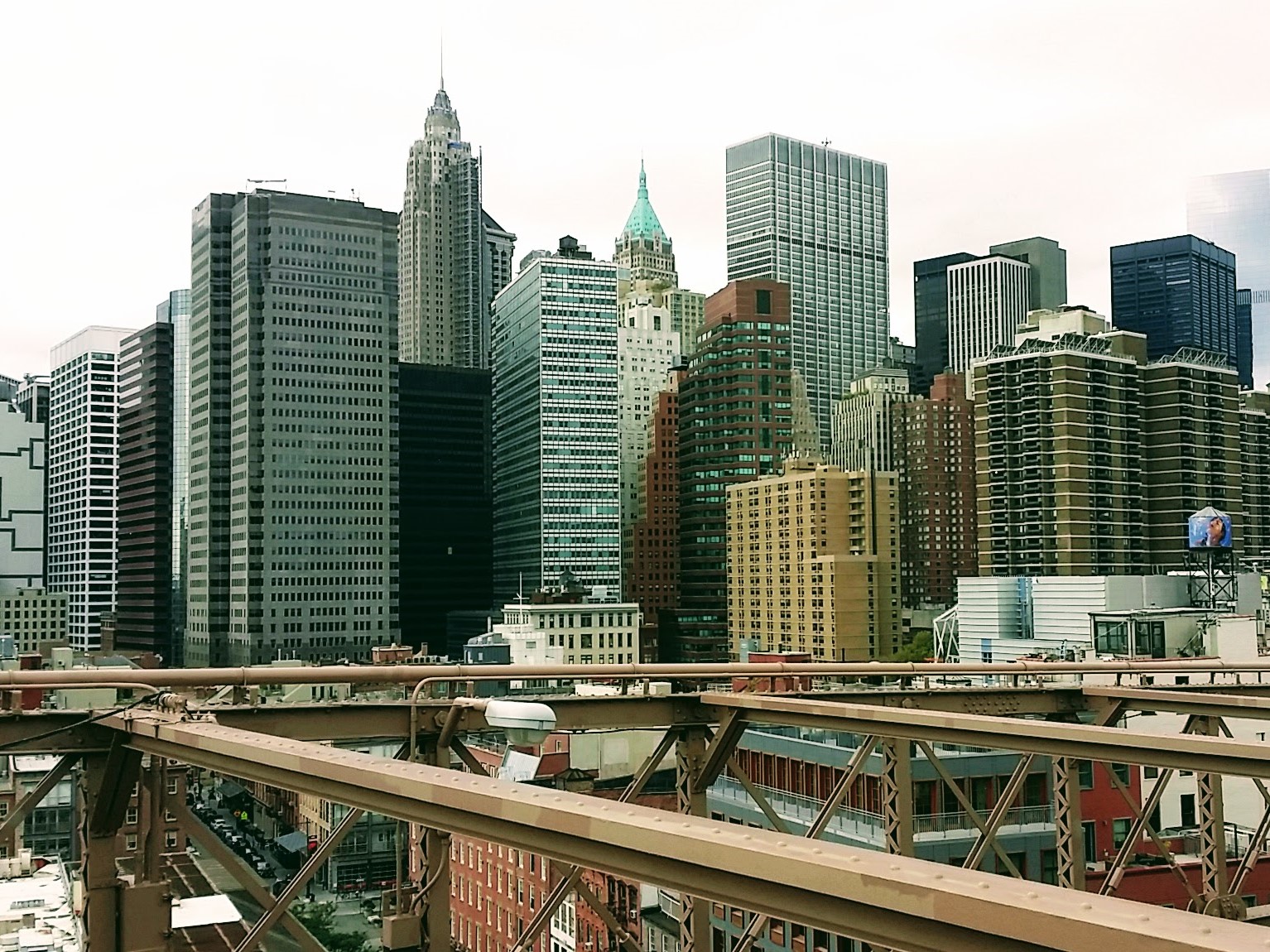Trump’s Steel, Aluminum Tariffs: Timber Gets a Shot
The decision means higher building costs, but also an opportunity for alternative construction trends. CPE talked to Steve Conboy about the impact of this White House move.
By Laura Calugar
Following the imposed tariffs on imported solar panels and washing machines, the Trump administration is now levying a 25 percent tariff on imported steel and a 10 percent tariff on imported aluminum, in an attempt to protect domestic production and raise revenue.
These materials are some of the most commonly used in the construction of commercial buildings, so the decision could put more pressure on already high costs. Currently, the U.S. produces enough steel on its own to meet approximately 67 percent of demand.
The new tariffs will take effect in two weeks. We wanted to find out more about their consequences, so Commercial Property Executive talked to Steve Conboy, chairman & general manager of M-Fire Suppression Inc., an expert with more than three decades in the lumber industry. Conboy teaches an American Institute of Architects-certified course on the history of mass timber construction and its potential as a less-expensive and more environmentally friendly alternative to steel and concrete.
How will these tariffs impact the cost of construction?
Steve Conboy: Many experts think the impact could be enormous. For large-scale property development, concrete and steel are often effectively required by building codes that restrict the use of other materials—most notably timber.
With a 25 percent tariff on steel, a few projects that were previously feasible could become impossible for a short period. But our construction industry has entered such a robust market that these tariffs will soon become the “new normal,” especially since the tariff only affects around three percent of the cost to develop these buildings.
Skyscrapers and multifamily buildings are deeply reliant on heavy metals. How do you think builders and developers will react to the imposed higher tariffs?
Conboy: In the short term, builders will have to absorb this tariff. They will not scale back projects that are heavily reliant on steel because they cannot build these skyscrapers and multifamily buildings that have already been designed without steel.
In the long term, I think builders and regulators will start to reassess the situation and design with mass timber for buildings, which are significantly less expensive to create and better for the overall future of our planet, using renewable, sustainable, carbon-sequestering materials.
In order to avoid higher costs, companies may further use domestic steel, but can the U.S. industry keep up with demand?
 Conboy: No. In 2017, the U.S. imported nearly $30 billion worth of steel. Even as domestic steel producers expand capacity, we will still need to import a substantial amount of steel—meaning builders will have to pay the tariff. Buildings that are already designed with steel will have to be built with steel no matter what the tariff is, but open the door for future designs to consider cross-laminated timber (CLT).
Conboy: No. In 2017, the U.S. imported nearly $30 billion worth of steel. Even as domestic steel producers expand capacity, we will still need to import a substantial amount of steel—meaning builders will have to pay the tariff. Buildings that are already designed with steel will have to be built with steel no matter what the tariff is, but open the door for future designs to consider cross-laminated timber (CLT).
Mass timber construction is known to be a less-expensive and more environmentally friendly alternative to steel and concrete. Does the U.S. timber industry have enough supply to cover higher demand?
Conboy: Yes. We have millions of acres of reforestation and CLT allows juvenile wood fiber to meet the demand because of the process of multiple layer lamination, creating a product that has structural load values that can meet or beat steel in ground movement engineering and fire safety failure.
Rising construction costs, coupled with labor costs and bank financing constraints, have all been a significant factor in limiting property development. Should construction leaders and housing analysts brace for the worst?
Conboy: This labor shortage started after the recovery from the housing collapse of 2008 and many builders are turning more toward pre-fabrication shops to offset the lack of labor on job sites. When walls and CLT are available like Lego sets ready to use, it becomes possible to go vertical much faster with less onsite labor. For wood-framed stick built or CLT, our building industry has adjusted to the labor shortage.
Will higher costs be passed along by developers to their tenants in the form of higher rents?
Conboy: I think builders’ pipelines are growing very deep and volume helps to offset costs, so I do not expect it to be passed along.
President Trump’s decision could bring major trade disputes between the U.S. and other countries. The tariff regime does not include Canada and Mexico, but other global players are already planning to react. According to London-based The Independent, the European Union intends to impose tariffs on imports of U.S. whiskey, peanut butter, cranberries and orange juice.
Image courtesy of American Institute of Architects








You must be logged in to post a comment.